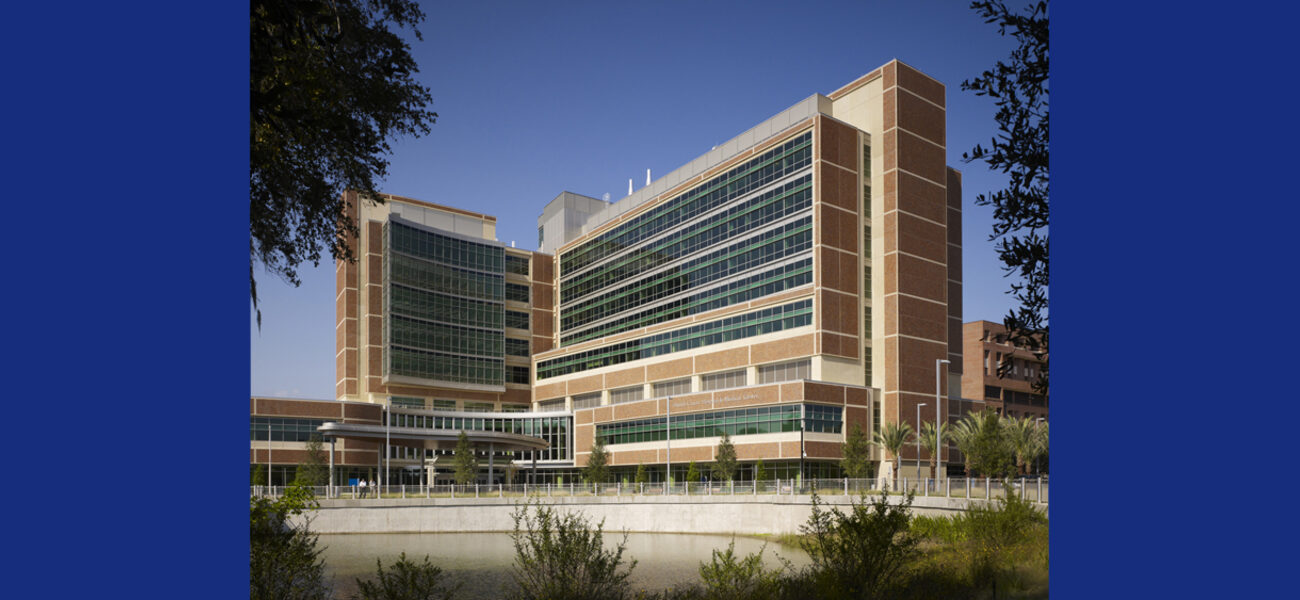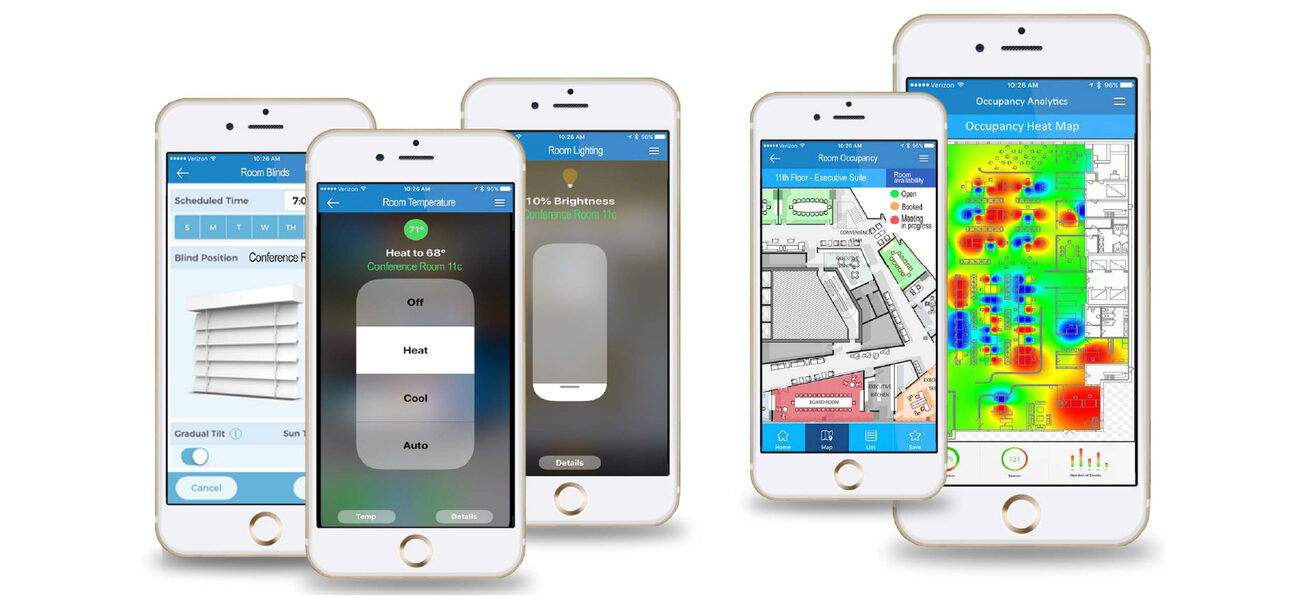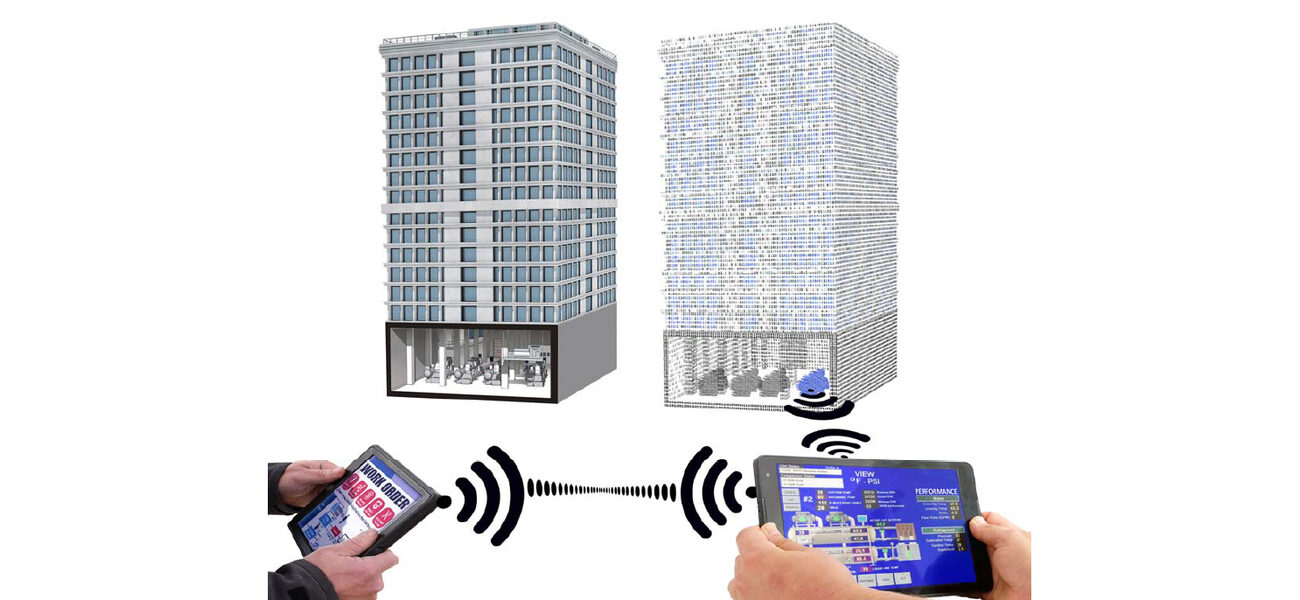Intelligent building solutions that combine building automation systems (BAS), computerized maintenance management systems (CMMS), the Internet of Things (IoT), smart building technologies, and data analytics software are being used to reduce energy costs, optimize operations, enhance user experience, and, most recently, adhere to standards established in response to the COVID-19 pandemic. As these technologies and platforms converge, more buildings and campuses are leveraging systems integration to optimize resource management, establish proactive maintenance programs, automate processes, and increase productivity.
“When it comes to creating intelligent buildings, it’s not just about doing any one thing,” says Paul Erickson, principal and building performance leader at Affiliated Engineers, Inc. “It’s not just a piece of software you buy. It’s not a simple consulting engagement where six months later you can control your entire campus and have full integration of everything. It’s an ongoing process.”
In some cases, it’s a matter of creating a “digital twin” of a facility by using a simulated BIM interface with all the equipment layered in along with data generated from the facility’s CMMS, BAS, and other systems to create a single, data-rich view of how a building is performing.
“With this kind of model, the BAS may get integrated with the lighting system and maybe security, and AV. Ideally, that means instead of having four portals to look at with four different workstations, you can get to a point where it is all running together with a common interface and a common access point. We also see work orders rolling into that, along with occupancy analytics and other pieces of information,” says Erickson.
Other intelligent building strategies that involve BAS include harnessing data storage to analyze long-term trends, establishing key performance indicators (KPIs) to monitor building performance, and giving occupants more direct control over their environment.
“All of these measures have value in them, and often they are easy to implement and don’t cost much,” says Sanjyot Bhusari, principal and intelligent building leader at Affiliated Engineers. “In fact, if you embed them in your building-automation specs, chances are that you will not see any cost difference at all, and some of them will even provide initial cost savings.”
One cost saving example from an IT perspective would be installing a converged facilities network backbone that obviates the need for redundant networks for building automation systems, lighting controls, generators, and electrical power monitoring.
“While each vendor may need to run different networks to get their systems to communicate, having a common backbone can deliver initial cost savings,” says Bhusari.
Industry Drivers
According to Erickson, the three biggest industry drivers for intelligent building features are reducing energy costs, improving user experience, and increasing operational efficiency.
“Energy efficiency is one of the main drivers we see for clients adopting intelligent building strategies,” says Erickson.
Energy consumption dashboards are often used in intelligent buildings as front-end visuals that pull data from building-level utility meters or sub-meters to allow operators to zoom in and out on data sets so they can better understand how a facility is doing in relation to peak performance. Leveraging smart building technology to reduce energy consumption is also becoming increasingly common. Smart buildings dynamically respond to signals coming from the electrical utility. For example, if southern California is having a brown-out, the utility will send out a signal that smart buildings can respond to by automatically dimming lights or turning off unneeded equipment and resetting thermostats.
“When you apply this approach at the campus scale—or even at the building scale—you can create microgrids and develop islanding systems that allow facilities to operate for hours using an emergency generator, fuel cells, co-gen equipment, or renewable energy systems such as photovoltaics (PV). Or maybe it’s a situation where you need to keep your facilities up and operating for days or weeks after a major event, whether it’s damage to regional electrical infrastructure or a climate event that really disrupts things. If you are going to run as an island, you want to be able to shed some loads to allow your critical needs to be met first, so that the facility can operate as an island for a longer duration,” says Erickson.
“Smart building technologies, such as space utilization and indoor positioning, are also now informing corporate real estate Covid-19 response,” says Bhusari. “Owners can lean on smart building technologies for broader use of automation for touch-free services, to optimize cleaning schedules, and derive greater insights into social distancing compliance, among other such strategies for a holistic response.”
User Experience
Enhancing user experience often involves connecting mobile devices to the rapidly growing IoT ecosystem of devices in order to allow occupants to do things like adjust room temperatures, operate lighting and shade controls, book meeting rooms, or quickly find the best space in a building for the type of work they want to do based on daylight and occupancy.
“We see a lot of apps that are tied to comfort, like Comfy, which is a vote-polling comfort app that controls HVAC systems,” says Erickson. “It is designed more for open office settings, but it could also be used for meeting rooms, where no one person has control of the thermostat, and you want people to be able to offer feedback.”
“From the end-user point of view, there have been case studies that show productivity increases when you give users more control,” says Bhusari. “We’ve seen it with improved patient satisfaction scores and in corporate office case studies, where productivity has gone up by giving occupants control over their environment and allowing them to do things like book their own meeting rooms.”
Operational Efficiency
“Operational efficiency has been, hands-down, one of the biggest benefits for a lot of our clients,” says Erickson. “In many cases, it is doing more with the staff they have—staff that is often overburdened—whether it is because folks are retiring, or the people they are hiring just don’t have the same skillsets. The ability to digitize the maintenance management process is one of the major opportunities we see.”
One approach for improving operational efficiency with intelligent building strategies is using data analytics and fault detection, in conjunction with diagnostic software, to quickly pinpoint and solve problems. Fault detection and diagnostic systems can save maintenance staff and engineers considerable time and effort by prioritizing alarms and alerts and distilling massive amounts of sensor feedback into actionable insights about what is happening across a building or campus.
“The idea with fault detection and diagnostics is to go from getting a host of alarms and vague feedback, to having something that is more intelligible for your average user or operator to understand,” says Erickson. “So, instead of sending you a barrage of alarms indicating that 50 spaces are cold, it prioritizes and suppresses those alarms to look upstream and identify that actually your outside air damper is stuck open in the middle of January in Chicago. This allows you to go and look at that issue rather than spend time troubleshooting all of those different rooms. It takes a lot of the logic developed by your experienced staff and engineers and embeds that in the control system to help you quickly identify what’s happening.”
By using KPIs in conjunction with diagnostic software, Affiliated Engineers helped one client reduce energy costs by $95,000 over the course of three months. Initially, the building operations team was looking at space comfort by monitoring alarms generated by the BAS, but they were getting upwards of 900 alarms a day on a 3 million-sf campus.
“As an operator, you can’t realistically handle 900 alarms a day,” says Bhusari, “so we put in a strategy utilizing alarm suppression, which means that you have level-based alarms and a cascading alarm system. For example, if the chiller plant is not able to give you 42-degree cold water, you are not going to have cold air, so you are going to get hot rooms triggering alarms. The air handling unit being hot will trigger an alarm. But you don’t need all 99 of those alarms. You just need one alarm about the root cause of the chilled water. So we put a system in place for chilled water, for hot water, and air handling units that is suppressed by zones.”
Additionally, the team used fault detection and KPIs to help create a proactive maintenance strategy with a data-driven preventative maintenance schedule.
“It looks at the data points in the BAS and analyzes where trends show that a piece of equipment is going to fail imminently. That way they can proactively catch it before it fails. Then we created a troubleshoot button in terms of running the fault detection diagnostic routines that can be tied to specific pieces of equipment. It is very easy to do. And when the operators started seeing that as soon as their KPIs changed it impacted plant performance, they got really excited. That new perspective changed the way they operated the chiller plant, and the result was about $95,000 in energy savings in three months,” says Bhusari.
This approach of monitoring KPIs allows operators to understand things like whether a building is consuming too much makeup water; how efficiently their evaporator barrels are performing; and if the cooling towers need to be cleaned, among other things.
University of Florida Health Case Study
In another case study, Affiliated Engineers worked with University of Florida Health when they were building a new facility that added 30 percent more square footage to their campus. The client wanted to improve their KPIs, but they were unable to add more operational staff.
“We studied their standard operating processes and then looked at how we could integrate some of these building systems and use technology to automate them,” says Bhusari.
The team was given remote access to the building systems, power monitoring, and BAS, so they could use intelligent building tools to monitor and improve operations. Then they trained the facility staff on how to use the tools themselves.
“In a period of three years, we made them self-sufficient in terms of operating a proactive data-driven facility,” says Bhusari. “They are now continuing to add more square footage without adding more people. They’ve also sustained a 30 percent energy reduction and a 40 percent reduction in controls renovation costs because now they are able to openly bid on those.”
Intelligent Building Implementation
When it comes to implementing intelligent building features in new construction projects, Bhusari recommends planning for technology integration as early as possible in the design phase to get the most value. It also helps to have a common platform for bringing together disparate vendors.
“If you just want to focus on the building automation side, you can incorporate that tech at pretty much any time. But it really helps to get things started at the design development stage, if you want to look at things like occupancy analytics or wayfinding. That way you can coordinate those strategies and make sure the budgets are in line. But don’t do it just because you can; do it because it solves a problem, or because it automates a work process so you can do more with less,” he says.
Incorporating intelligent building strategies also means taking a different approach to staff training and operating protocols.
“We are seeing this trend in our industry where experienced staff are retiring, and there is a huge knowledge gap between the staff that is retiring and the new people who are coming in. The new people coming in are typically young and energetic but less experienced. So, we recommend using a reductionist approach to training. Facility management personnel, especially the operators, are on the front lines. They are putting out fires. They need quick solutions. When it comes to solving frequent work orders that come up, it is much more effective to give them key performance indicators to track. Don’t explain refrigeration theory but explain what happens when a kilowatt per ton goes up or down. These are very easy strategies to incorporate to get the desired results,” says Bhusari.
By Johnathon Allen


